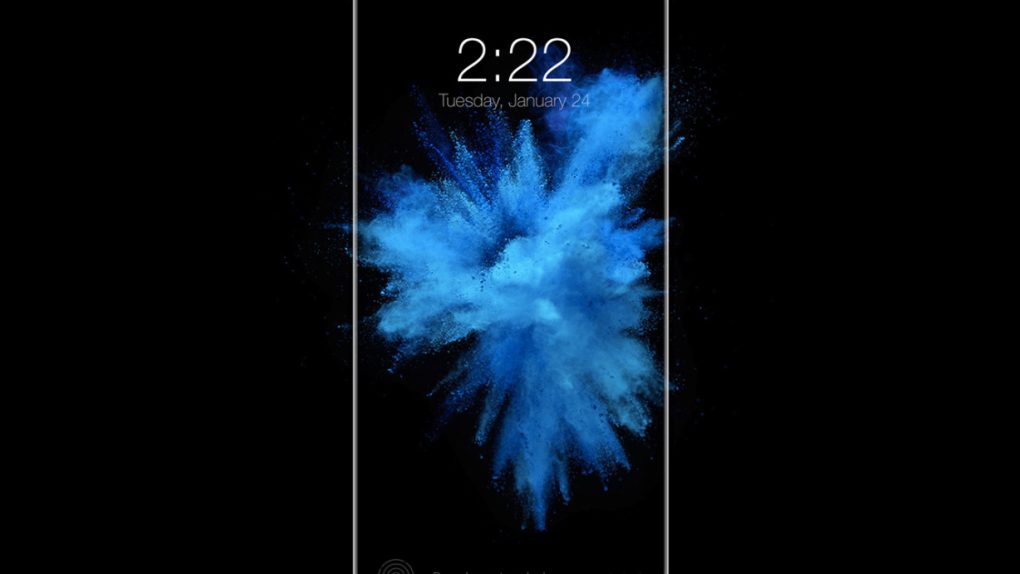There are so many things that come to mind when you think of Apple as a company. It was a pioneer in the personal computing space, the iPod was a total game-changer, it reinvented smartphones in 2007 with the original iPhone, and its laptops and tablets remain market leaders to this day. A number of common threads are woven through all of those achievements, and some are more appreciated than others by Apple fans around the world.
One of Apple’s less appreciated characteristics is the company’s “courage.” The company has never been afraid to make design decisions that fly in the face of convention and ruffle feathers in the process. This manifested itself most recently in Apple’s decision to nix the standard 3.5mm headphone jack on the iPhone 7 and iPhone 7 Plus, which caused quite a bit of commotion ahead of the most recent iPhones’ debut last September. Now, however, a new reliable report suggests that Apple will walk back one of its recent courageous decisions with the iPhone 8.
Early Tuesday morning, The Wall Street Journal issued a report that seemingly confirms one of the most widely reported rumors surrounding Apple’s upcoming iPhone 8. According to the paper, Apple will dump LCD display panels in its new flagship iPhone and instead utilize a flexible OLED display. While the headline of the report states conclusively that the iPhone 8 will feature a “curved display,” I personally don’t believe the speculation flying around right now is accurate, and I wrote about why earlier this morning.
Moving beyond the iPhone 8’s display, there was another tidbit in the report that is, quite frankly, shocking if true. After switching from the company’s proprietary 30-pin connector to the newer Lightning connector less than five years ago beginning with the iPhone 5, the Journal says Apple is planning to dump the Lightning port on its new iPhone 8 and adopt the industry standard USB Type-C port instead.
Woh.
The move would obviously make plenty of sense. Apple now uses USB-C ports on its newer laptops for charging and other connectivity, and a USB-C port’s internal components are just as compact as the Lightning port. Apple could use USB-C in phones and tablets without having to worry about the devices being any thicker, and it would then have the same type of connector on its Mac and iOS devices.
It just seems so odd considering the company’s history that Apple would actually adopt an industry standard. It’s almost unthinkable. But the WSJ has been a reliable source of Apple leaks in the past, and it would be fantastic to see the company finally adopt an industry standard so that accessories work across Apple devices and across other devices as well.








